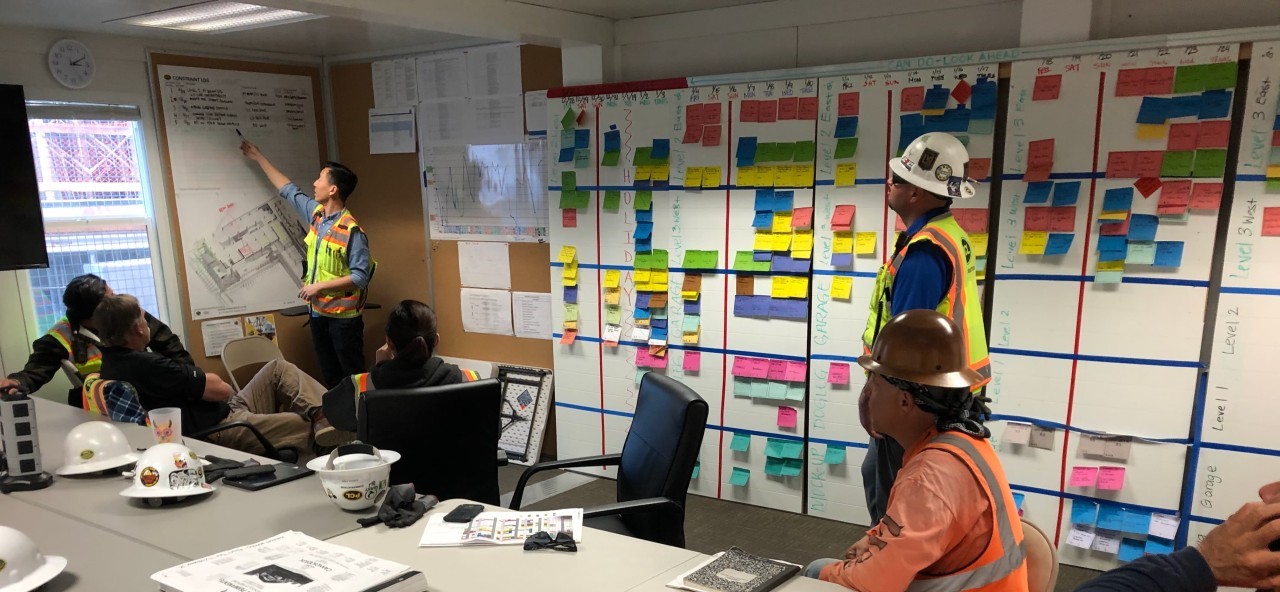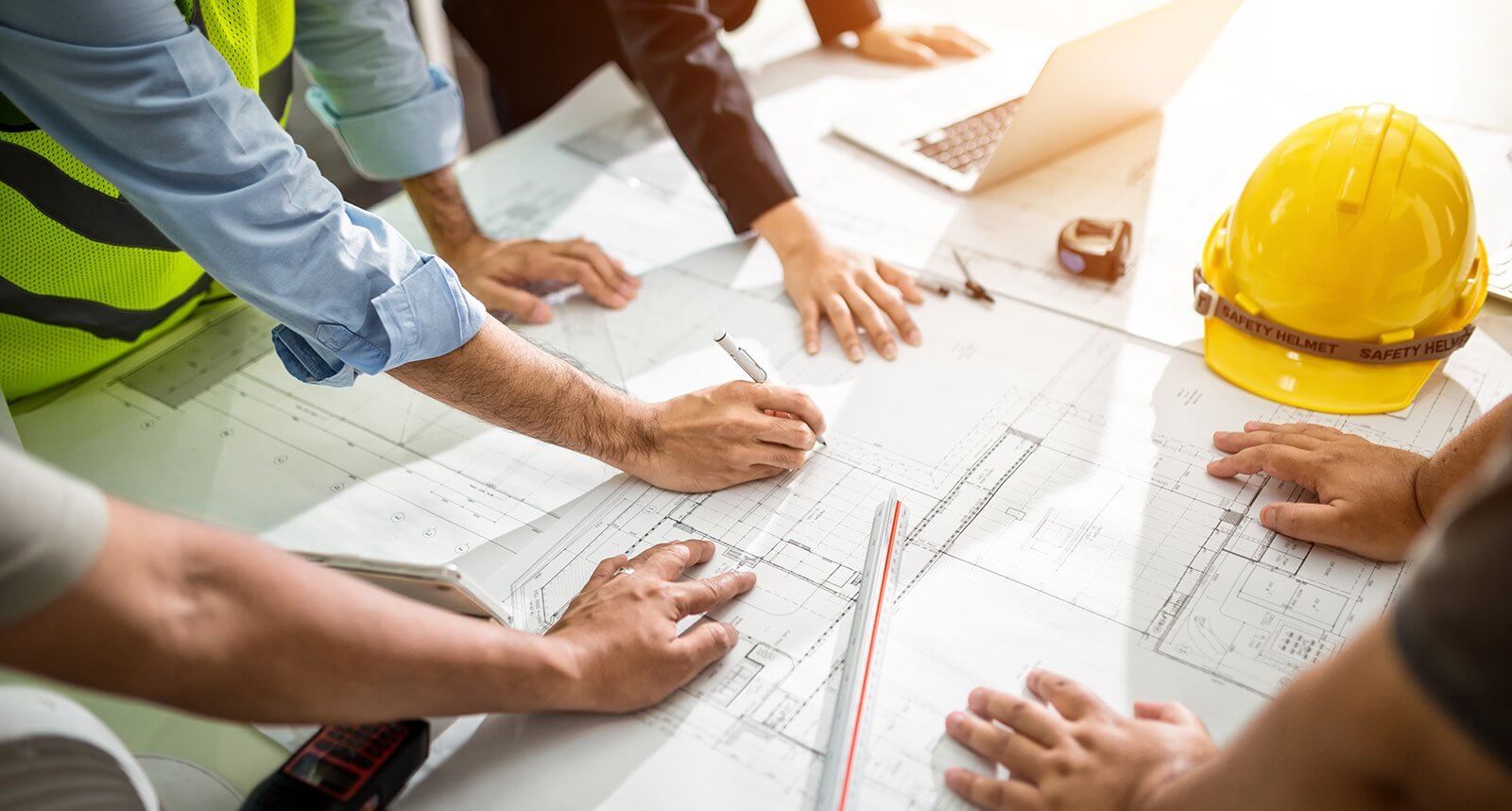by Jeffrey C Kadlowec, Architect
Abstract
The construction industry has failed to optimize in many ways where manufacturing has excelled. Derivation from traditional design-bid-build through integrated project delivery and the lean project delivery system provides opportunities for needed improvements. Data collection and statistical analysis seek to further refine those methods. The goal remains focused on achieving project sustainability while promoting public health and well-being.
Keywords: lean construction, project delivery, analytical modeling, sustainability, public welfare

Lean Construction
The construction industry continues to be plagued by poor final quality, large budget overruns, low worker efficiency, high frequency of accidents, and huge amounts of waste [Rajab 2022]. With ever growing market demands, managers must explore new ideas and methods for improving performance. Although parallels to the manufacturing industry are often made, a direct comparison (ref Table 1) illustrates dissimilarities in many key areas.
Table 1. Aspects of Manufacturing and Construction [Rajab 2022]

To reduce a bottleneck occurring during hand-off in traditional Design-Bid-Build (DBB) method, the Integrated Project Delivery (IPD) was developed to bring contractors and inspectors onboard earlier in the production schedule [Mossman 2013]. The Lean Project Delivery System (LPDS) looks at ways of optimizing various processes through cooperation of an integrated team (see Fig 1). This new approach allows for evaluation of design and construction to happen as a continual process, instead of through sequential decision making. By looking at the project as a completed assembly, not just a series of intermediate steps, there are more opportunities to improve overall quality, decrease production time, and reduce construction cost.

Figure 1. Lean Project Delivery System [Mossman 2013]
Several models were created with a focus on general behavior, internal dynamics and individual entities to understand how these factors affect performance [Alarcon 2012]. The General Performance Model (GPM) consists of conceptual, qualitative and mathematical structures, allowing management to test different combinations of project execution and predict cost, schedule and performance. Agent-Based Modeling (ABM) looks at social, biological and organizational systems, while Social Network Analysis (SNA) studies the interactions and interrelationship.
The level of familiarity with ‘lean thinking’ is relatively low throughout the construction industry [Kpamma 2010]. Needs to minimize waste while maximizing value will continue to increase with trends in urbanization and globalization. Professional bodies of architects and engineers must expose team members to these concepts, introduce the
method throughout related disciplines, and explore ways of rationalizing design and construction through standardization and modularity. Further efforts must also be made in areas of sustainability and utilization of building information modeling (BIM) [Moradi 2022]. This can be achieved by defining target goals, incorporating context-specific indicators, illustrating new tools or techniques, and mandating compliance with specific metrics.
Advancements in wearable technologies allow for real-time monitoring of physical and physiological data in healthcare, sports, manufacturing, and construction. The use of sensors to measure heartrate, respiration and temperature coupled with accelerometers, magnetometers and gyroscopes provide a whole-body picture [Shehab 2023]. Analysis of this data—in attempts to promote overall health, happiness and well-being—can provide constant feedback of stress & mental workload and safety & risk perception, and alert users of potential threats when nearing or exceeding fatigue level.
References
Alarcon, Luis & Mesa, Harrison. (2012). A Modeling Approach to Understand Performance of Lean Project Delivery System. IGLC 2012 – 20th Conference of the International Group for Lean Construction.
Kpamma, Zoya & Adjei-Kumi, Theophilus. (2010). The Lean Project Delivery System (LPDS): Application at the Design and Documentation State of Building Construction Projects in Ghana.
Moradi, Sina & Sormunen, Piia. (2022). Lean and Sustainable Project Delivery in Building Construction: Development of a Conceptual Framework. Buildings. 12. 1757. 10.3390/buildings12101757.
Mossman, Alan; Ballard, Glenn & Pasquire, Christine. (2013). Lean Project Delivery — innovation in integrated Design & Delivery. 10.13140/2.1.2713.2804.
Rajab, Omar. (2022). Lean Construction. Palestinian Ministry of Education and Higher Education.
Shehab, Lynn & Hamzeh, Farook. (2023). Zooming Into Workers’ Psychology and Physiology Through a Lean Construction Lens. 10.24928/2023/0162.



